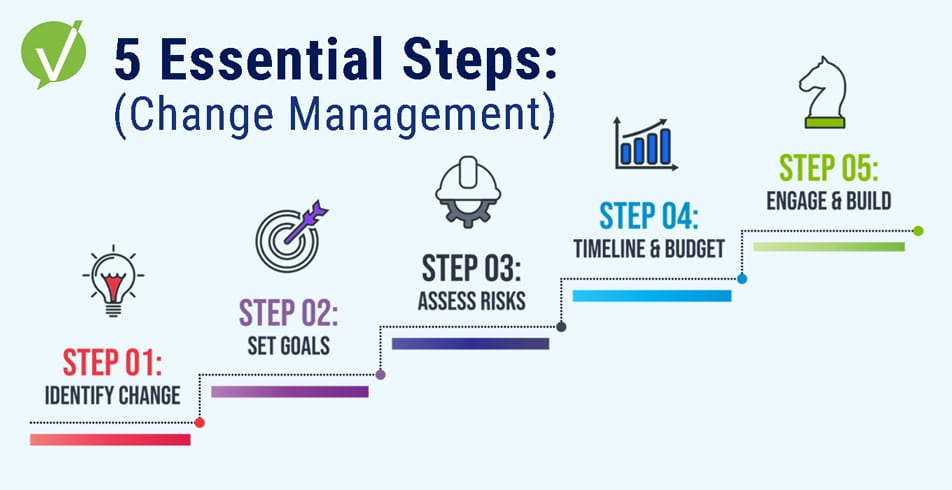How to Benchmark Uptime for ITSM Solutions
HOW IMPORTANT IS UPTIME IN ITSM?
As often as we preach the importance of streamlining recurring ITSM processes and speeding up the delivery of core offerings, nothing grinds customer service to a halt quite like a platform outage.
You might recall the massive 2014 Google outage, which left 10 percent of the behemoth’s customers locked out of Gmail, Google+ and other services for nearly an hour in the middle of the US workday. This from a company that typically boasts 99.9% uptime.
While this is an extreme case and rare on Google’s part, it punches home the importance of high availability and proves that uptime percentage is more than just a figure for sales to throw around. In ITSM software, high availability is crucial.
WHAT AFFECTS ITSM SOFTWARE UPTIME?
One big factor that can either bolster or hamper IT service management software uptime is a vendor’s choice of hosting partner.
Tier One hosts employ significant measures at each of their massive data centers, capable of operating day-to-day with zero outages and prepared to handle more catastrophic challenges posed by natural disaster or external attack with minimal downtime.
Other issues with downtime arise from the design of certain ITSM platforms themselves. A vendor should be able to add customers and expand and alter their system without bringing it down. Platforms designed without extensibility and scalability in mind often crumble under the weight of a growing user base, and no one utilizing the tool is spared the headaches.
Anyone who regularly depends upon tools like Microsoft Azure knows this all too well.
But it’s not just unplanned outages that hamper customer service capabilities: scheduled updates to an ITSM platform can cause problems if the timing of such updates are suspect, if such updates happen far too often, if downtime during updates drags on longer than planned or, worst of all, news of upcoming update outages isn’t communicated to you, the user of the tool.
IS ITSM SOFTWARE DOWNTIME AVOIDABLE?
Simply put; no.
Downtime is inevitable. No matter how much money, time and effort is spent on high availability, it’s just that – high, not guaranteed.
The real key is how ITSM vendors deal with outages, what stopgaps are put in place to limit unplanned downtime and how readily they keep customers looped in to service updates.
Vivantio maintains a dashboard with live updates on both planned and unplanned outages and a log of updates and fixes. With a comprehensive log in hand, it’s impossible for ITSM vendors to hide from their own service record.
WHAT’S ACCEPTABLE UPTIME FOR ITSM VENDORS?
99.5% uptime, excluding planned maintenance, is an acceptable level for an ITSM platform. Any lower than that and you’re dealing with a tool that isn’t dependable enough to make up for even steep cost savings. Steer clear.
Perhaps most importantly, the uptime for your service management software should exceed your organization’s own internal requirements. If the tools you use to deliver a stellar customer experience don’t pass muster, your team’s own delays and frustration will be passed along directly to the customer.













